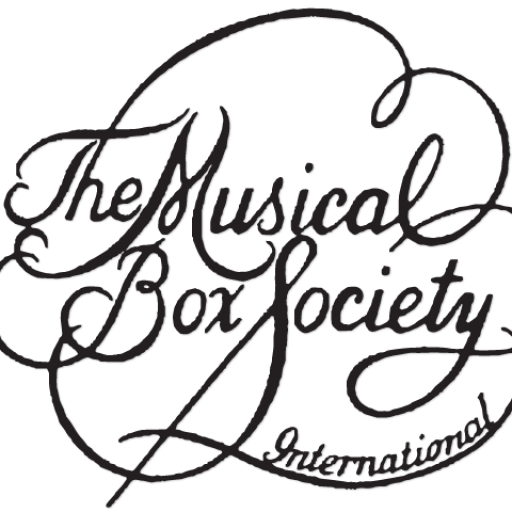The distinctive way in which musical parts are written and performed in support of a certain melody or theme. A composer creates an original melody and often arranges the supporting accompaniment and countermelody parts, instrumentation, percussion parts, etc. An arranger does all of this except for creating the original melody. In some instances, two equally great but completely different arrangements exist for different automatic instruments, such as Swanee Smiles for the Seeburg G (arranged by Victor Arden) or the Weber Maesto (arranged by Gustav Bruder).
automatic disc changer
In a disc music box, a device which stores a quantity of discs (usually 10 or 12) and which plays them automatically, either in sequence or by manual selection.
automatic musical instrument
A musical instrument which plays a musical composition programmed on a pinned cylinder, disc, music roll, or other medium, and which usually requires no musical knowledge on the part of the operator. A self-playing or mechanical musical instrument. The term "automatic" was originally used to describe all types of self-playing instruments. Although the term "mechanical" is often used synonymously today, "mechanical" was not generally used originally to describe instruments with sophisticated expression capabilities (e.g., certain large orchestrions, player pipe organs, reproducing pianos). Motive power for an automatic musical instrument may be provided by a hand crank, spring-wound clockwork, a weight-driven system, an electric motor, a water motor, a foot pump, or by other means.
automatic roll changer
Ferris-wheel type device (usually) which stores 2 to 12 perforated paper rolls and changes them automatically, usually in the sequence in which they are placed on the changer mechanism (or, if desired, a particular roll can be selected). Several variations occur, including a device made by Philipps which incorporates extra roll-holding sections which hang below the basic revolver mechanism; and a 10-roll cartridge-type changer unit, called a 10-roll magazine, by Popper & Co., but constructed on different principles from those used in a standard revolver- or magazine-type mechanism. Perhaps the most sophisticated roll changing device was one developed by Hupfeld, which, in its most elegant form, consisted of two 10-roll changers arranged side by side (for a total selection of 20 rolls) and equipped with a device for selecting a desired roll from a distant control panel or wallbox. In America, the Wurlitzer Automatic Roll Changer (capitalized in Wurlitzer’s usage) achieved fame, as did the Philipps-made roll changer employed in many Wurlitzer PianOrchestras. For use in a Hupfeld, Philipps, or Wurlitzer roll changer, rolls were made with a wood (Hupfeld) or metal rod in place of the normal tapered end and tab. In the Duo-Art Concertola, a separate metal rod with a hook was attached to each roll, enabling the use of rolls with ordinary end tabs. * Synonyms: magazine system, revolver system.
automatic tracking mechanism
See tracking mechanism
